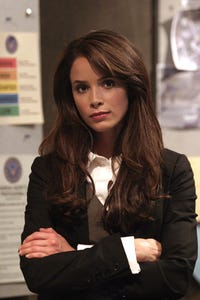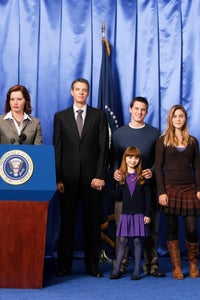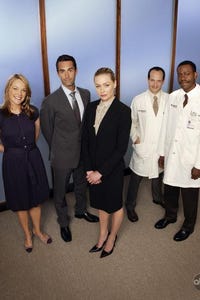X
Join or Sign In
Sign in to customize your TV listings
By joining TV Guide, you agree to our Terms of Use and acknowledge the data practices in our Privacy Policy.
Popular Shows See all shows

Heroes Reborn
Ordinary people discover they have extraordinary powers in this retooling of the TV show "Heroes."

The Rockford Files
Cranky but likable L.A. PI Jim Rockford pulls no punches (but takes plenty of them). An ex-con sent to the slammer for a crime he didn't commit, Rockford takes on cases others don't want, aided by his tough old man, his lawyer girlfriend and some shady associates from his past.

Debris
Two federal agents from two different continents, and two different mindsets, must work together to investigate when wreckage from a destroyed alien spacecraft has mysterious effects on humankind.

The Virginian: The Men From Shiloh
The adventures of The Virginian and Trampas, and life in Medicine Bow, Wyoming.

The Saint
Simon Templar is The Saint, a handsome, sophisticated, debonair, modern-day Robin Hood who recovers ill-gotten wealth and redistributes it to those in need.

State of Affairs
A political drama centering on a top CIA analyst who assembles the President's daily briefing, which addresses the most concerning security issues facing the country. She also tries to get to the bottom of a deadly terrorist attack that took her fiancé's life. Aside from the political minefields she has to walk, Charlie has a close personal relationship with the President because she was once engaged to her son before a tragic terrorist attack took his life. Charlie survived that attack and is now determined to bring the perpetrators to justice.Navigating a complex personal life and a pressure-cooker profession is, of course, a challenge, and Charlie sometimes engages in boundary-pushing behavior to avoid facing her grief. But when the clock strikes 2 a.m., she is all about her job - protecting her nation, serving her president and still trying to get to the bottom of her fiancé's murder that will reveal itself as a shocking mystery.









